E-commerce has exploded in popularity. Looking at the landscape now, we can plainly observe significant progress. For their online activities, most firms now have a website and an e-commerce store.
Online stores have grown in popularity to the point that some physical businesses have closed in favor of online retailers, which have cheaper operating costs and the ability to sell a lot more.
While most businesses recognize the need of providing a personalized online experience in order to retain customers, few have a plan in place to do so. This implies that customers may not have a pleasant experience when shopping with you. Invesp’s recent research on online shopping customization statistics and trends uncovered a few key points that each online company owner should be aware of:
- 59 percent of online consumers feel it is simpler and more fascinating to locate products in a customised online retail shop.
- Why 53% feel that businesses who provide a personalised shopping experience have a better customer retention rate than those that do not.
- 56% of users say they’ll return to the site and discuss goods they find in a more customised store.
- Companies with tailored content have a 10-fold greater click-through rate than those with generic material.
As a result, technology has continued to advance in this direction, guaranteeing that every customer receives exactly what they want. One of the solutions to this problem has been chatbots. For a long time, we’ve had a variety of chatbots. But it’s only recently that they’ve exploded into the powerhouse that they are now. Many e-commerce businesses have benefited from chatbots. This is owing to the fact that they are available 24 hours a day, seven days a week, and that, thanks to the impact of machine learning, the bots understand and can do more in return.
When social media behemoth Facebook forayed into the realm of chatbots, the future of the technology was all but sealed. With over 2 billion monthly active users, their decision to include service-branded chatbots onto their platform was a game-changer. A firm might use Facebook’s stats and convert them into conversions with the right strategic steps.
Customers want a personalized buying experience. This makes customers feel unique, making them want to return to your shop and perhaps even tell a few friends about it. And this is precisely what augmented reality aims to achieve. Even though many people did not grasp what augmented reality was, it has been around for a long. Snapchat, with its selfie lenses that display “glowing eyes,” “a floral tiara,” or even the “puking rainbow,” is one of the firms that has profited handsomely from augmented reality. Niantic is another augmented reality champion, having created the hugely famous Pokémon Go game back in 2016.
Chatbots and augmented reality
AR and chatbots are two of the most promising e-commerce options. Both systems offer a wide range of applications that might help organizations become more lucrative while also keeping consumers happy.
Customers are already accustomed to talking with chatbots about their questions whether in a shop or on a website, so adding augmented reality would take things to the next level. When these two technologies are coupled, they open up a world of hitherto unexplored possibilities. Here are a few examples of how chatbots and augmented reality may be used to make the customer’s purchasing experience more enjoyable and satisfying.
Uniqueness
Being one-of-a-kind may be a major selling factor for your company. A company that incorporates augmented reality into its chatbots will have a competitive advantage over the competition since they are providing something that no one else in the space is. When this technology is used correctly, it will produce all of the buzzes you require just by word of mouth.
Content that is more customized
Augmented reality works by layering information on top of a physical world that already exists. A shop may promote its items in a more effective manner by showing rather than telling a customer how a certain product would fit. Clients may view products more clearly and accurately with augmented reality in the mix.
Improved client service
When customers want to buy anything, they want to be as well-informed as possible. This prospect is brought to life via augmented reality. In a business that specialized in cosmetics and beauty items, for example, augmented reality incorporated into a chatbot might be quite beneficial in deciding whether particular products are suited for a customer. The client will make a more educated decision if such a function is included in a chatbot. As a result, the likelihood of returns will be much reduced, allowing you to increase your profit margins.
Make a lasting impression
In the corporate world, sentimentality is sometimes equated with sales. The more attached a consumer is to an item, the more likely they are to buy it. When it comes to integrating augmented reality with chatbots, the same can be said. Because most chatbots are powered by artificial intelligence, they are better at understanding queries. When combined with AR, the consumer will have a one-of-a-kind experience shuffling through the numerous things offered by the bot. Because the experience is supposed to be educational and pleasant, it’s quite probable that the consumer will tell others about it, resulting in additional business for the company.
Augmented reality and chatbots, when correctly coupled and executed, may be extremely beneficial to many organizations, particularly in the retail industry. Proper implementation will result in a positive client experience on your online store, resulting in increased income for the company.
What are some of the ways that companies are utilizing Facebook Messenger bots?
Each bot is as distinct as the company it serves.
They may assist with basic customer service issues such as monitoring deliveries and scheduling appointments. However, they may also help you discover new things by recommending the ideal pair of pants, arranging a direct trip to London, or placing an order for supper.
They can recommend a t-shirt to go with those pants or a bottle of kombucha to go with that dragon bowl to upsell.
They have the ability to remind you that you neglected to get that footwear.
They’ll be able to monitor your delivery and then check-in to see how your pants fit once they arrive.
They can send you an offer they believe you’ll like, and they’ll remember things like your size, time zone, and nut allergy.
While you’re at it, they could even tell you a joke.
Here are a few samples of best-in-class chatbots to get you started.
Marriott Reward Program
Marriott has been at the forefront of the chatbot boom thanks to its focus on excellent customer care. In 2016, they launched their first Facebook Messenger chatbot to assist customers in linking their Marriott and Starwood rewards accounts following the merger.
The bot was so popular that Marriott turned it into a booking bot, where clients may enter their travel dates and receive hotel recommendations in a city. This bot also integrates valuable local information and news for the guest’s impending stay by highlighting material from Marriott’s magazine, Traveller.
Marriott, on the other hand, launched a careers chatbot to target younger job searchers last year. “MC” assists job seekers in finding the appropriate position in the right city while also educating them about Marriott’s values and heritage. This makes sense coming from a company that strives to treat both its staff and customers properly.
Sephora
The Reservation Assistant bot from the cosmetics shop is basic yet effective.
Sephora gives free makeovers in their shops, and this bot streamlines the scheduling process by removing five steps. Following its implementation, the booking rate increased by 11%. (And consumers spent an average of $50 in-store for a purple eyeliner they didn’t realize they needed until they saw it in the mirror.)
Bud Light
Bud Light marketed its team-branded cans during the 2017 NFL season by inventing a chatbot that could order and deliver a case of beer in under an hour on game days.
The combination of customization (customers got to choose their favorite team), hyper-locality (geo-targeting allows the bot to choose the best delivery partner for the region), and punctuality is what makes this work (the bot reminded users each game day that it was time to stock the fridge.) The engagement rate for this bot was 83 percent.
Whole Foods
By serving as a concierge, this bot complements Whole Foods’ content marketing approach by facilitating the finding of recipes based on ingredients. You may also use the bot to filter down your options by food type or dietary constraint.
Yes, you may search with emojis.
UNICEF
The UNICEF U-report bot was created to collect data and views from young people all around the globe on problems that concern them, with the objective of amplifying their voices and resulting in actual policy change. Over 2 million people have subscribed to the bot.
If you’ve ever tried to get feedback from your consumers, you should know that chatbots can also listen.
Why should businesses utilize Facebook Messenger bots?
Using a Facebook Messenger bot has two significant advantages.
For starters, both you and your target audience have a low entrance barrier. Facebook Messenger is the world’s third most popular program, with 68 percent of people using it.
It’s not only for friends and family to have group conversations. According to a recent Nielsen poll, consumers believe texting is the second-best way to communicate with a company. Every month, people send 2 billion messages to businesses using Facebook Messenger.
When compared to the rest of the mobile app industry, where 71% of users remove an app within 90 days, this is a significant difference.
Building a Facebook Messenger bot is far less expensive than developing a mobile app if you want to connect with your consumers.
The field is still wide open, which is the second advantage. There are barely 300,000 chatbots on Facebook, despite the fact that it has 6 million advertisers. That’s a significant reduction in competitiveness.
Meanwhile, click-through rates on marketing emails (3.1 percent on average) haven’t changed in years, and just 30% of marketing emails are even opened. Chatbots can also help you get ahead of the competition in your inbox.
So there you have it. Let’s take a look at what a Messenger chatbot can accomplish for you:
1. Make direct contact with your target audience
People are 3.5 times more likely to open a Facebook Message than a commercial email, according to Headliner Labs. Customers are more likely to proceed farther down your marketing funnel if they can respond (typically by hitting a CTA button—they don’t even have to type).
Furthermore, Facebook Messenger offers sponsored advertisements that may be sent to anybody who has interacted with your Page previously. Yes, this indicates that you already have a mailing list of subscribers. You may use these advertisements in conjunction with your chatbot to target consumers with high intent.
2. Save money and time on customer service
Customers demand availability 24 hours a day, seven days a week, yet they despise waiting on hold. They also keep asking the same questions over and again (and over).
A little automation will go a long way if you spend a lot of time helping consumers monitor deliveries, verify your return policy, or schedule appointments. Allow your attention to be diverted to tasks that a Messenger chatbot cannot do.
3. Identify Potential Leads
When your bot welcomes potential clients, it may determine their needs, ask basic questions (e.g., “What is your budget?”), and provide high-quality leads to your human sales staff right away.
4. Take Care of E-commerce Transactions
Bots may also sell if they have the appropriate script. Drop-off rates are lower than in a typical ad-to-webpage pipeline since everything happens within the confines of Facebook Messenger.
Additionally, when the bot offers suggestions, conversational commerce allows for tailored upselling. Everything from “It appears your flight won’t leave until 4 p.m.” to “It appears your flight won’t leave until 4 p.m.” “Would you like fries with that?” or “Would you like a late check-out?”






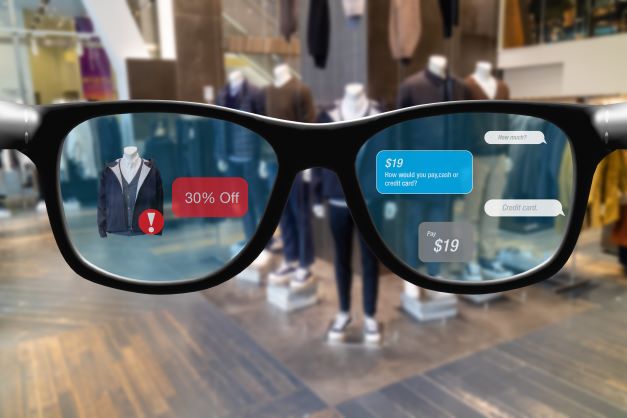
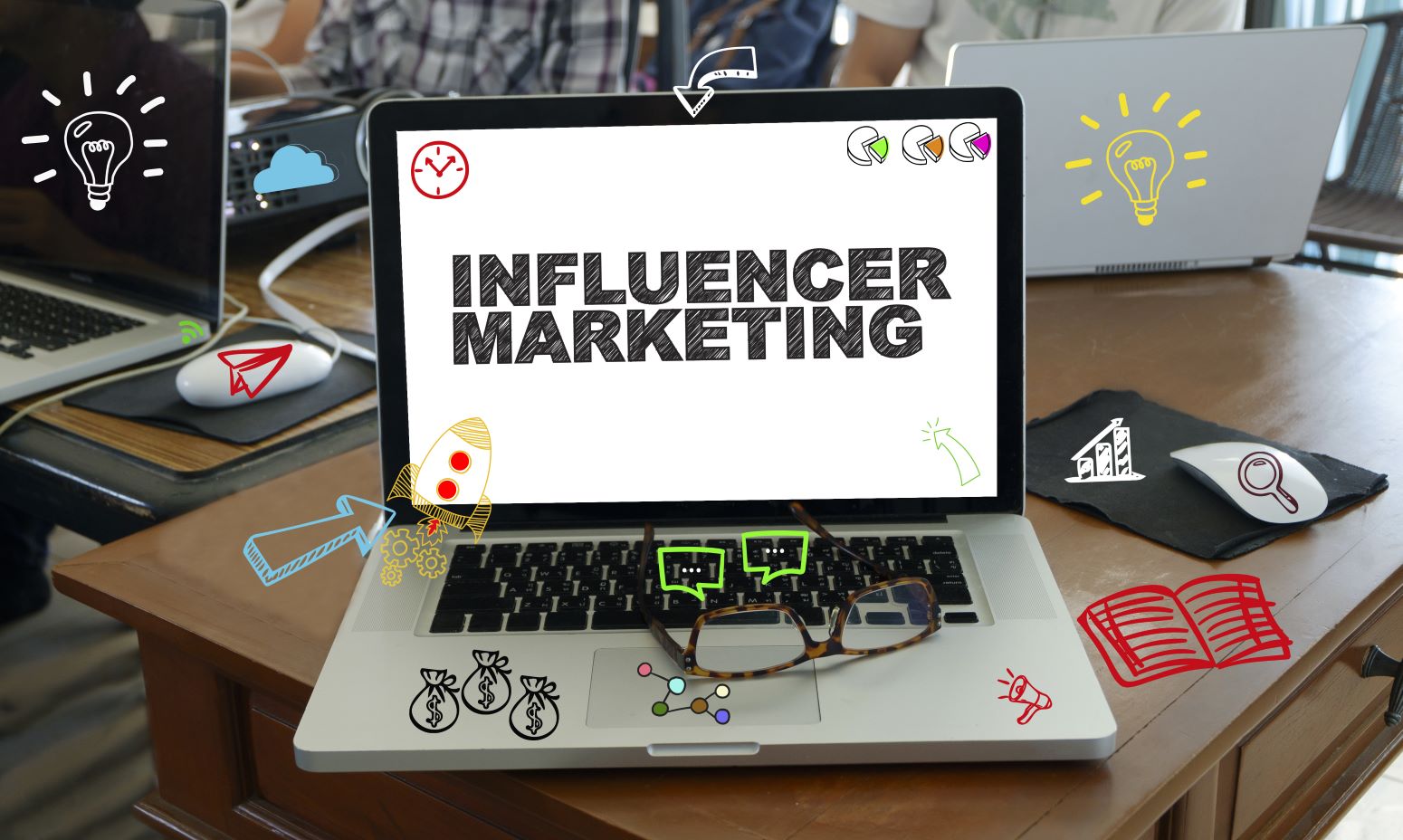
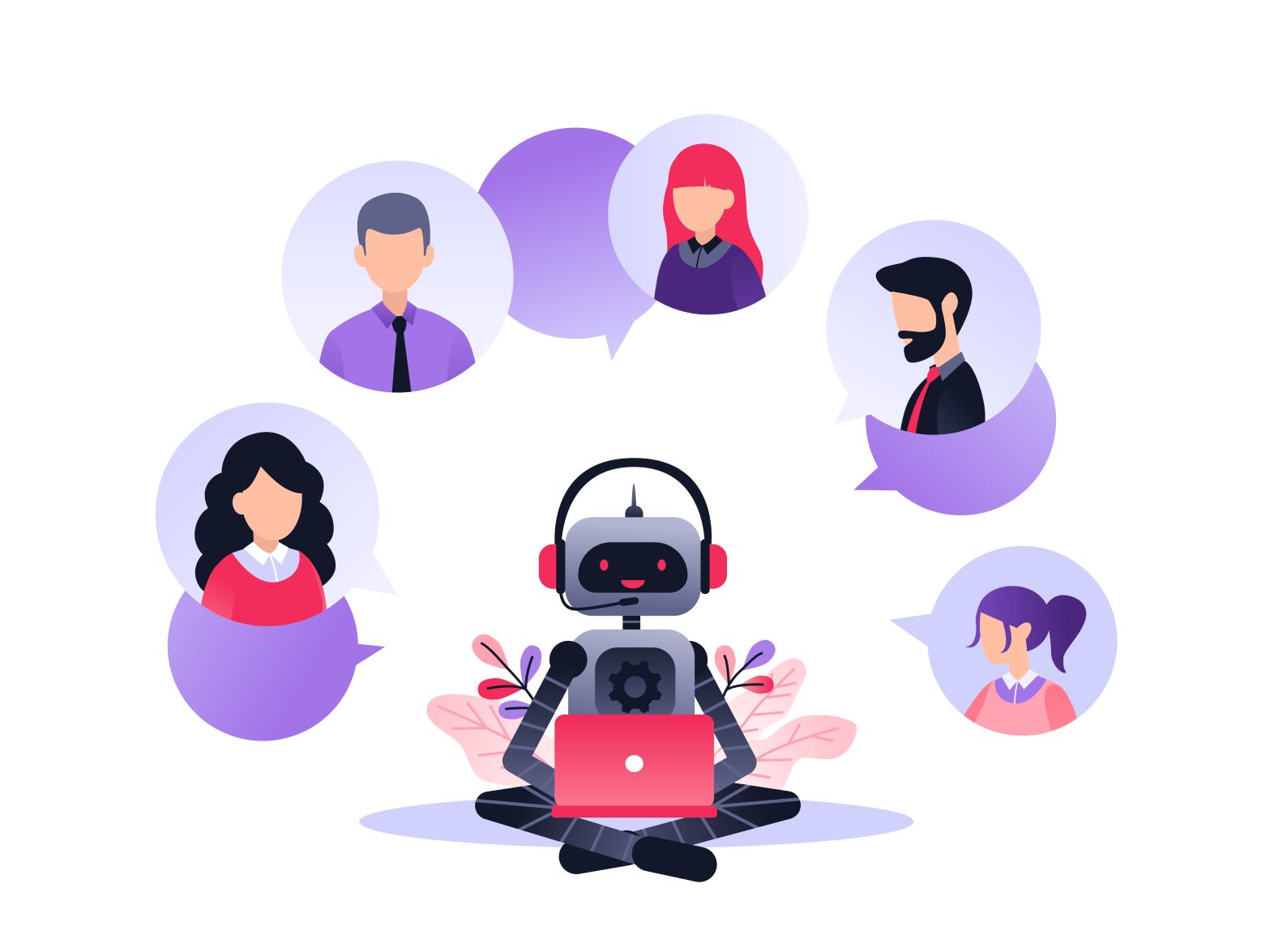
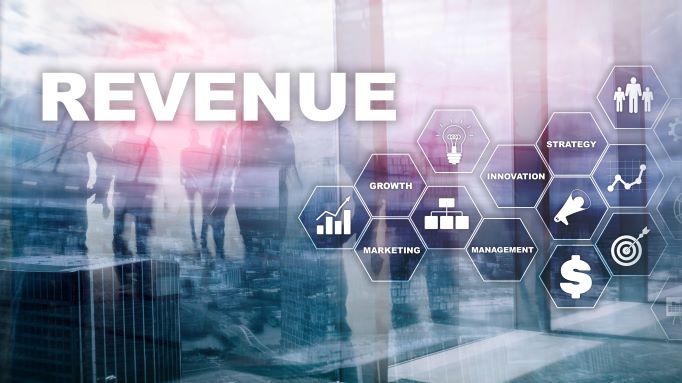
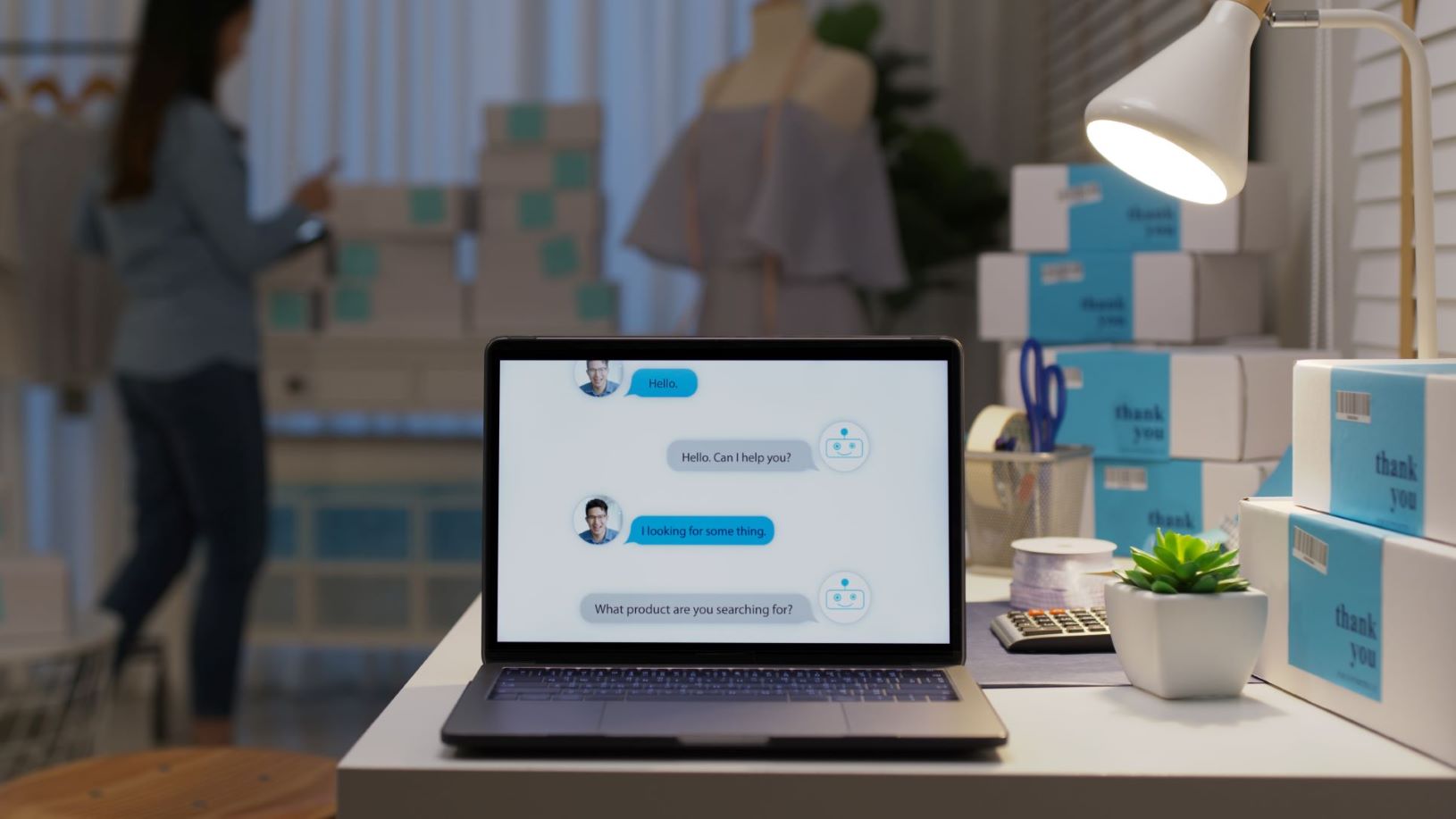
3 comments